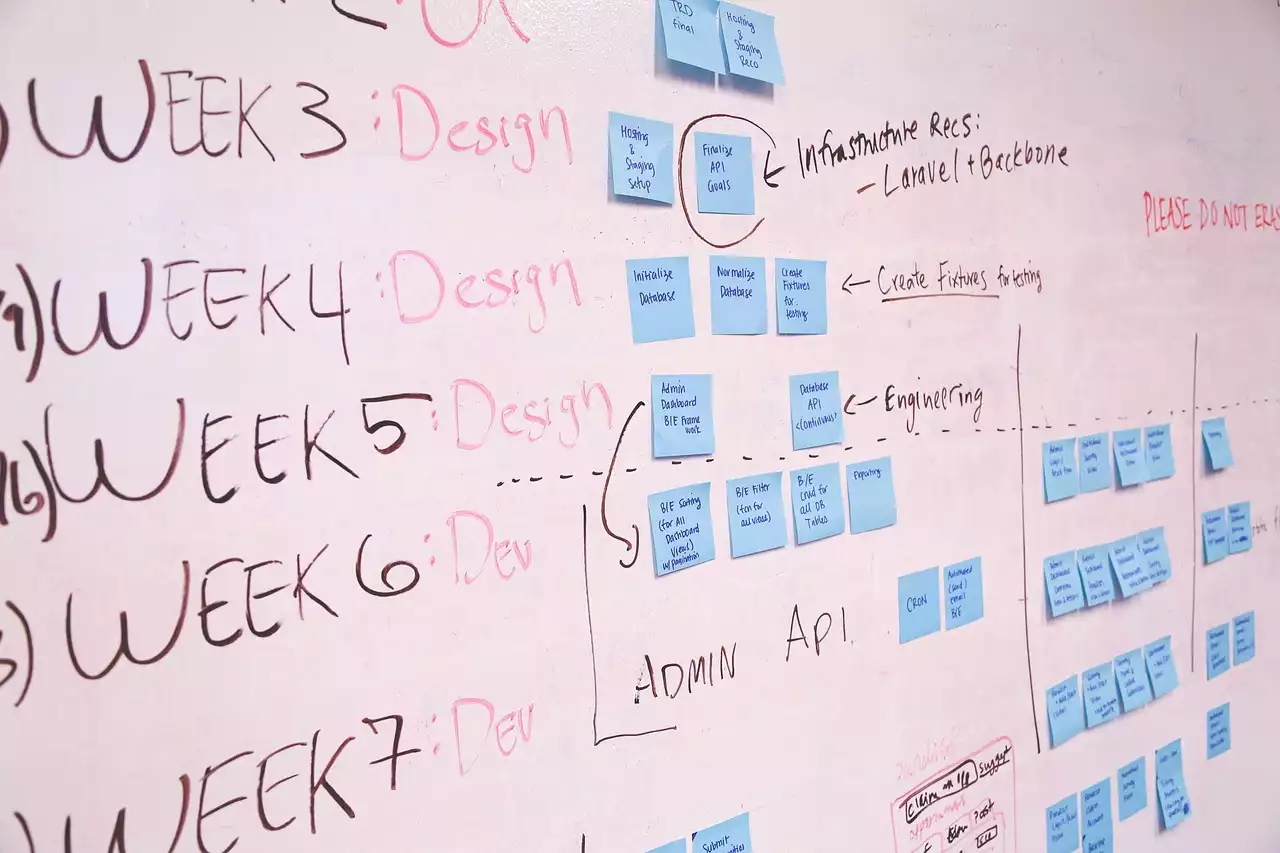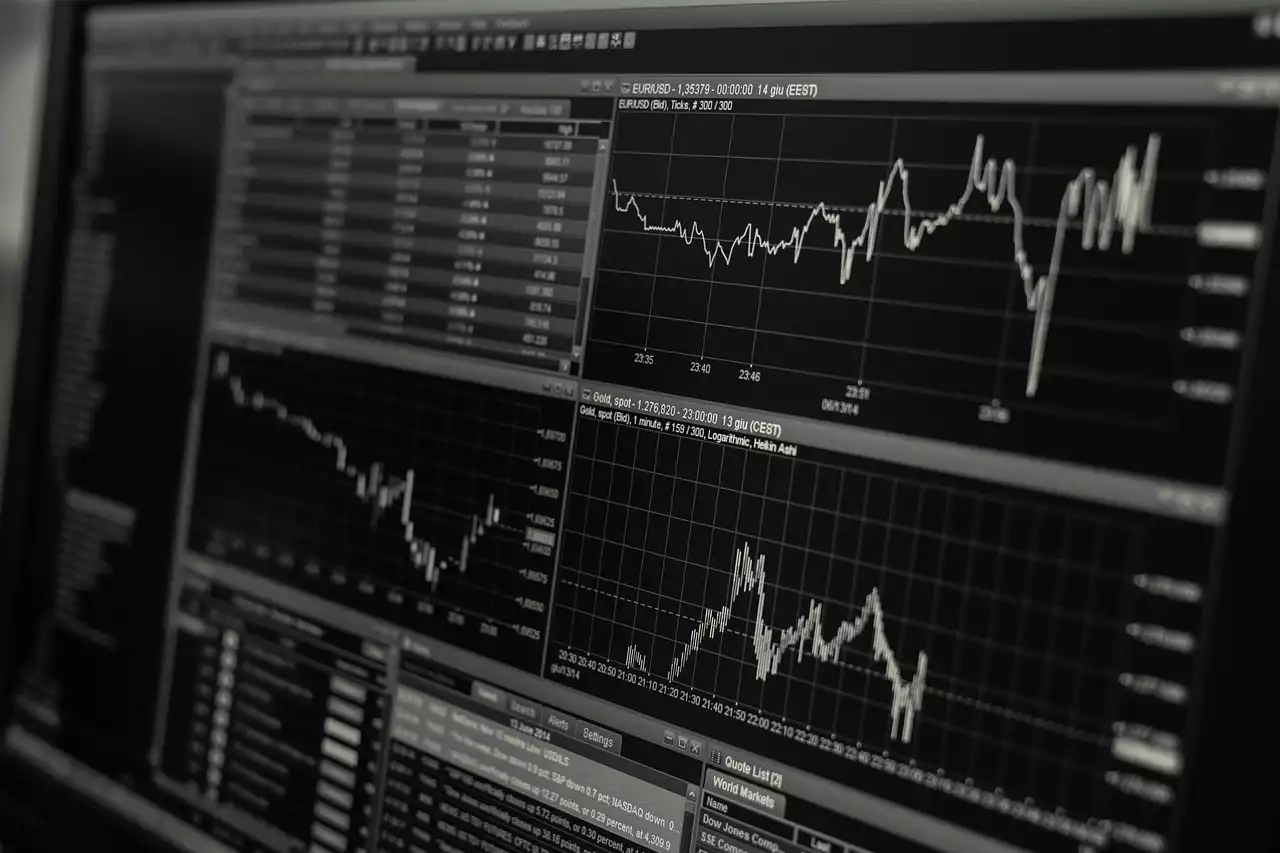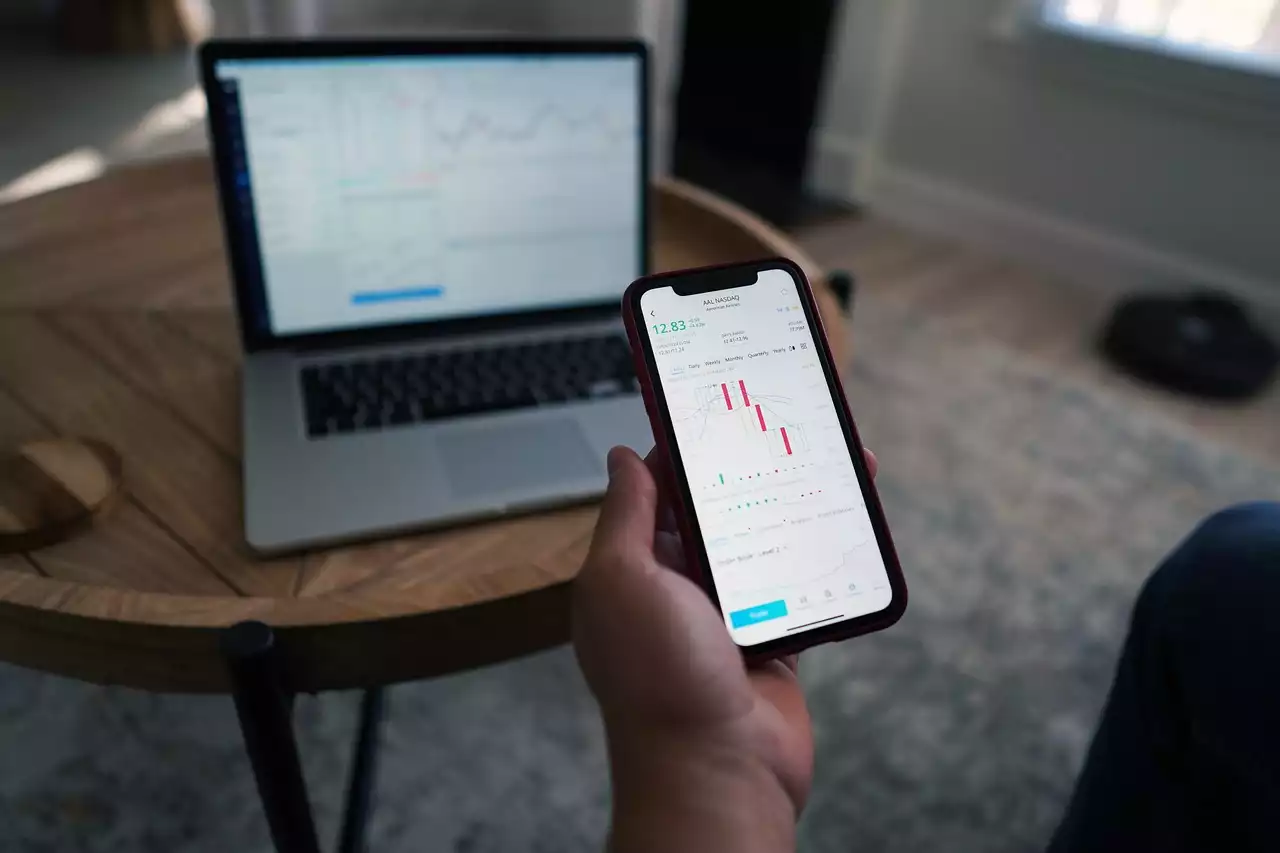The Importance of Data Visualization in Analytics
Data visualization is an essential tool in the world of analytics. It is a way of presenting complex data in a visual format, making it easier to understand and interpret. In the past, data was often presented in tables or spreadsheets, which could be difficult to read and interpret. However, with the growth of data visualization tools and the increasing amount of data that businesses are collecting, it has become essential to present information in a way that is more user-friendly.
Data visualization has many benefits, including the ability to identify trends and patterns in data that might not be immediately apparent in a table of numbers. It also makes it easier to communicate complex information to stakeholders and clients. Data visualization can be used in a variety of settings, from finance and marketing to healthcare and education. Anywhere there is data, there is an opportunity to use data visualization to make it more meaningful and useful.
In addition to making data easier to understand, data visualization can also help businesses make better decisions. By presenting data in a clear and concise way, it becomes easier to identify areas where improvements can be made. For example, a company might use data visualization to identify trends in customer behavior, which could help them improve their marketing strategy or product development.
Benefits of Using Data Visualization in Analytics
There are many benefits to using data visualization in analytics. One of the most significant benefits is that it allows businesses to make better decisions based on data. When data is presented in a visual format, it is easier to identify patterns and trends, which can help businesses make more informed decisions. Additionally, data visualization can help businesses communicate complex information to stakeholders and clients more effectively.
Another benefit of using data visualization is that it can save time. Instead of spending hours analyzing data in spreadsheets, data visualization tools can quickly generate charts and graphs that highlight the most important information. This allows businesses to focus on analyzing the data rather than spending time creating reports.
Data visualization can also help businesses identify areas where improvements can be made. By presenting data in a way that is easy to understand, it becomes easier to identify trends and outliers. This can help businesses identify areas where they need to focus their attention, whether it's improving their marketing strategy or optimizing their supply chain.
Types of Data Visualization Tools
There are many different types of data visualization tools available, each with its own strengths and weaknesses. Some of the most popular types of data visualization tools include charts and graphs, heat maps, infographics, and dashboards.
Charts and graphs are one of the most common types of data visualization tools. They are easy to create and can be used to present a wide range of data types, from simple bar charts to more complex scatter plots. Charts and graphs are particularly useful for comparing data sets and identifying trends over time.
Heat maps are another popular type of data visualization tool. They are often used to visualize geographic data, such as customer locations or sales by region. Heat maps use colors to represent data, with darker colors indicating higher values.
Infographics are a type of data visualization that combines text and visuals to present information in a more engaging way. They are often used to communicate complex information in a way that is easy to understand. Infographics can be used to present a wide range of data types, from statistics to step-by-step instructions.
Dashboards are another popular type of data visualization tool. They are often used in business settings to track key performance indicators (KPIs) and provide real-time insights into business operations. Dashboards are highly customizable and can be tailored to meet the specific needs of a business.
Best Practices for Creating Effective Data Visualizations
Creating effective data visualizations requires careful planning and attention to detail. Here are some best practices for creating effective data visualizations:
1. Know your audience: Before creating a data visualization, it's important to consider who will be viewing it. Different audiences may have different needs and preferences when it comes to data visualization.
2. Keep it simple: Data visualizations should be easy to understand at a glance. Avoid cluttering the visualization with too much information or using overly complex visuals.
3. Use the right type of visualization: Different types of data require different types of visualizations. It's important to choose the right type of visualization to best represent the data.
4. Choose the right colors: Colors can be used to highlight important information or to represent different data sets. Choose colors that are easy to distinguish and avoid using too many colors.
5. Label your visuals: Labels are important for helping viewers understand what they are looking at. Make sure to label all axes, legends, and data points.
6. Test your visuals: Before presenting your data visualization to others, test it to make sure it's easy to understand and that all labels are clear.
Common Mistakes to Avoid in Data Visualization
While there are many best practices to follow when creating data visualizations, there are also some common mistakes to avoid. Here are some mistakes to watch out for:
1. Using the wrong type of visualization: Choosing the wrong type of visualization can make it harder to understand the data.
2. Using too many colors: Using too many colors can make a data visualization look cluttered and confusing.
3. Not labeling visuals: Failing to label visuals can make it hard to understand what the data represents.
4. Using a poor layout: A poor layout can make a data visualization difficult to read and understand.
5. Overcomplicating the visualization: Overcomplicating the visualization can make it hard to understand and can lead to confusion.
Examples of Successful Data Visualizations
There are many great examples of successful data visualizations. Here are a few examples:
1. The New York Times' COVID-19 tracker: The New York Times created a COVID-19 tracker that uses a heat map to show the number of cases and deaths by state in the United States. The tracker is updated regularly and provides an easy-to-understand overview of the current situation.
2. The Gapminder World tool: The Gapminder World tool is an interactive data visualization that allows users to explore data on a wide range of topics, from income inequality to life expectancy. The tool uses bubble charts and animations to make the data more engaging and understandable.
3. The Spotify Wrapped campaign: Spotify's Wrapped campaign uses data visualization to show users their listening habits over the past year. The campaign includes personalized infographics that highlight the user's top songs and artists.
Tools for Creating Data Visualizations
There are many tools available for creating data visualizations. Some popular tools include:
1. Tableau: Tableau is a data visualization tool that allows users to create interactive dashboards and charts.
2. Google Charts: Google Charts is a free tool that allows users to create charts and graphs using data from Google Sheets.
3. D3.js: D3.js is a JavaScript library that allows users to create interactive visualizations on the web.
4. Infogram: Infogram is a tool that allows users to create infographics and other types of data visualizations.
Data Visualization Trends to Watch Out For
As technology continues to advance, there are many data visualization trends to watch out for. Some of the most significant trends include:
1. Interactive visualizations: Interactive visualizations allow users to explore data in new and engaging ways.
2. Real-time visualizations: Real-time visualizations provide real-time insights into business operations.
3. Augmented reality (AR) visualizations: AR visualizations allow users to interact with data in a three-dimensional space.
4. Storytelling visualizations: Storytelling visualizations use data to tell a story, making the data more engaging and memorable.






.png?size=50)



